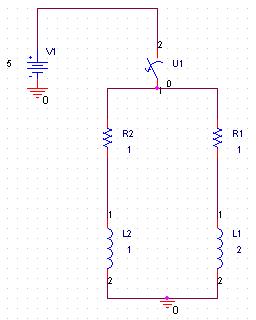ZengLei
Full Member level 1

- Joined
- Jan 24, 2006
- Messages
- 99
- Helped
- 0
- Reputation
- 0
- Reaction score
- 0
- Trophy points
- 1,286
- Location
- WuHan China PR
- Activity points
- 2,143
fisrtly the switch is short,i know the current in the inductors are 5A
and then the switch is open,so i got confused about calculating the current in the circuit~~~~~~,how to calculate it???any idears???
Thanks a lot~!
and then the switch is open,so i got confused about calculating the current in the circuit~~~~~~,how to calculate it???any idears???
Thanks a lot~!





